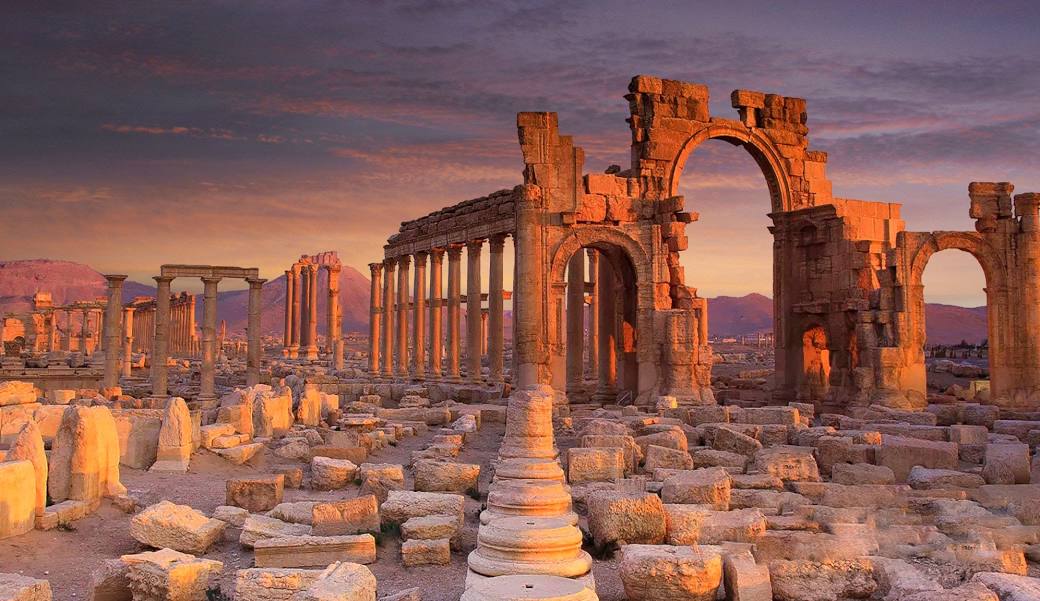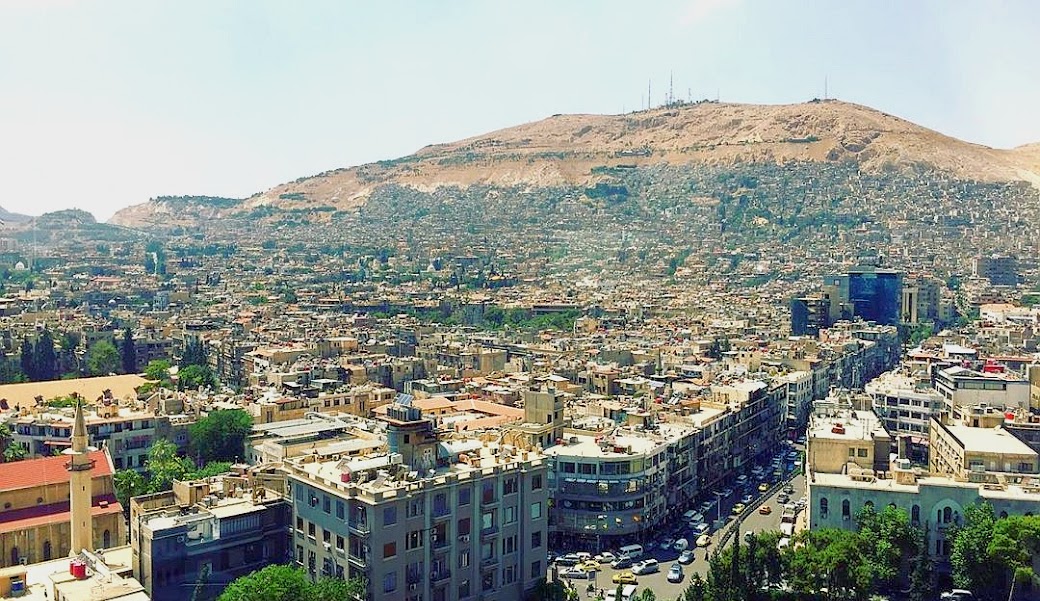History of Syria
A journey through thousands of years of civilization and culture
A Land Full of History
Syria is considered one of the cradles of human civilization. This land boasts an unparalleled history spanning over 10,000 years, from the earliest settlements to modern times. Its strategic location at the crossroads of three continents has made Syria a vital center for trade, culture, and religion throughout history.
From ancient Mesopotamian civilizations to the Islamic Golden Age, from the Crusades to the Ottoman period – each era has left its mark on this fascinating country.
Historical Timeline
Prehistory and Early Civilizations
The first human settlements in Syria date back to the Neolithic period. Tell es-Sawwan and other archaeological sites show evidence of early agriculture and animal husbandry. Damascus is often cited as one of the oldest continuously inhabited cities in the world.
Bronze Age and Early Empires
Rise of city-states such as Ebla, Mari, and Ugarit. This period saw the development of the first alphabet in Ugarit. Syria became an important trade center between Mesopotamia and Egypt.
Iron Age and Arameans
The Arameans settled in Syria and made Aramaic the lingua franca of the Middle East. Damascus became the capital of the Aramean kingdom of Aram-Damascus.
Persian Period
Syria became part of the Persian Empire under Cyrus the Great. This period brought relative stability and cultural exchange.
Hellenistic Period
Alexander the Great conquered Syria in 332 BCE. After his death, the area became part of the Seleucid Empire. Antioch became one of the largest cities of the ancient world.
Roman and Byzantine Period
Syria became a Roman province. Palmyra reached its peak under Queen Zenobia. Christianity spread throughout the region. After the division of the Roman Empire, Syria became part of the Byzantine Empire.
Islamic Period
The Arab conquest brought Islam to Syria. Damascus became the capital of the Umayyad Caliphate (661-750). Later, the Abbasids, Fatimids, Ayyubids, and Mamluks followed.
Ottoman Period
Syria became part of the Ottoman Empire. This 400-year period brought stability but also gradual decline. The 19th century saw reforms and growing Arab nationalism.
French Mandate
After World War I, Syria came under French mandate. This period saw the formation of modern state borders and growing independence movements.
Modern Syria: Post-Independence and Recent Developments
Syria gained independence in 1946. The country went through various political phases, including the United Arab Republic with Egypt (1958-1961) and the Ba'ath Party rule from 1963. The period from 2011 onwards marked a significant shift with the onset of the Syrian Civil War, leading to widespread conflict, humanitarian crisis, and significant geopolitical involvement.
As of July 2025, Syria is undergoing a period of significant political transition following the fall of the previous regime. A new transitional government, formed in March 2025, is in place, aiming to stabilize the country and address the ongoing humanitarian challenges. International sanctions have been revoked by some major powers, and there is a cautious optimism for economic recovery, though the path remains fragile. Security challenges persist in various regions, and rebuilding efforts are underway in devastated cities like Aleppo and Homs.
Important Historical Periods

Palmyra's Golden Age
In the 3rd century CE, Palmyra reached its peak as a trading hub between East and West. Under Queen Zenobia (267-272 CE), Palmyra grew into a powerful state that challenged the Roman Empire. The city was renowned for its magnificent architecture and wealth.

Umayyad Caliphate
From 661 to 750 CE, Damascus served as the capital of the Umayyad Caliphate, the largest empire in history at that time. This period brought a flourishing of art, architecture, and science. The Umayyad Mosque in Damascus is a masterpiece from this era.

Crusades and Ayyubids
During the Crusades (1095-1291), Syria was a major battlefield. Saladin (Salah ad-Din), the Ayyubid ruler, recaptured Jerusalem from the Crusaders in 1187. The Citadel of Aleppo was expanded into one of the strongest fortresses in the world.

Ottoman Architecture
Under Ottoman rule (1516-1918), many of the characteristic buildings we see today emerged. The old city of Damascus, with its traditional houses, hammams, and souks, largely dates from this period.
Archaeological Treasures
Tell es-Sawwan
One of the earliest Neolithic settlements in Syria, providing evidence of early agriculture and pottery.
Ebla
An important city-state from the 3rd millennium BCE, famous for its archive of 20,000 clay tablets.
Mari
A powerful city-state on the Euphrates, known for its palace and diplomatic archives.
Ugarit
The birthplace of the first alphabet, a revolutionary development in human communication.
Dura-Europos
A Hellenistic city that offers unique insights into multicultural life in antiquity.
Bosra
An important Nabataean and Roman city with one of the best-preserved Roman theaters.
Important Historical Figures
Queen Zenobia (240-275 CE)
Ruled Palmyra and challenged the Roman Empire. She expanded her empire over large parts of the Middle East before being defeated by Emperor Aurelian.
Saladin (1137-1193)
Kurdish military leader and Sultan of Egypt and Syria. Famous for his recapture of Jerusalem during the Third Crusade and his chivalrous conduct.
Harun al-Rashid (763-809)
Abbasid Caliph who often visited Damascus. His reign is considered the peak of the Islamic Golden Age.
Ibn Taymiyyah (1263-1328)
Influential Islamic scholar born in Harran (now Turkey), but active in Damascus. His work still influences Islamic theology.
UNESCO World Heritage Sites
Syria has six UNESCO World Heritage Sites that reflect the country's rich history:
- Old City of Damascus - One of the oldest capitals in the world
- Old City of Bosra - Important Nabataean and Roman city
- Site of Palmyra - Spectacular ruins of an ancient trading city
- Old City of Aleppo - Historic trading center with unique architecture
- Crac des Chevaliers and Qal'at Salah El-Din - Crusader castles
- Ancient Villages of Northern Syria - Byzantine settlements from the 1st-7th centuries
Unfortunately, all sites are currently on the list of endangered World Heritage due to the ongoing situation in the country.
 Syria
Syria